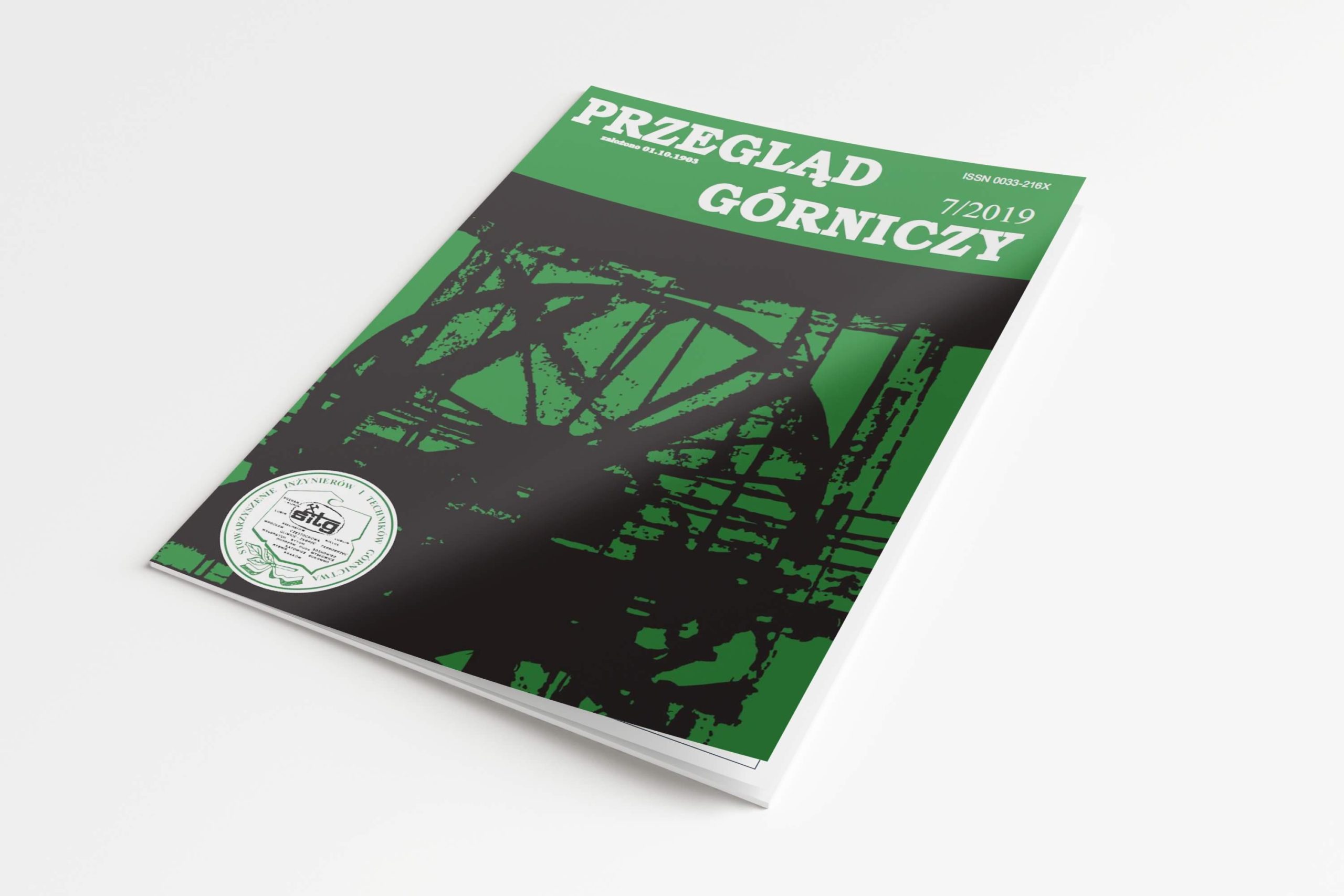Autorstwa:prof. dr hab. inż. Józef Wacławik; dr inż. Józef Knechtel; mgr inż. Lucjan Świerczek
W pracy omówiono sposób postępowania w celu ograniczenia negatywnych dla organizmu ludzkiego skutków pracy w gorącym mikroklimacie. Korzysta się z racjonalnych metod oceny zagrożenia stresem cieplnym, opartych na reakcjach fizjologicznych organizmu. W metodach tych opracowuje się bilans cieplny, w którym uwzględnia się wymianę ciepła i wilgoci między organizmem pracownika a otoczeniem. Na tej podstawie określa się granice stresu cieplnego dla górników na podstawie fizjologicznej tolerancji, wyrażonej przez temperaturę wewnętrzną ciała oraz odwodnienie organizmu. W razie potrzeby dokonuje się selekcji pracowników i opracowuje procedury ochrony. Przy ocenie cielnych warunków pracy korzysta się z pojedynczych pomiarów określonych parametrów powietrza, pomiarów otoczenia, a także racjonalnych indeksów, wynikających z bilansu cieplnego pracownika. W artykule przytoczono niektóre z nich: temperatura powietrza na termometrze wilgotnym, wskaźnik WBGT, wskaźnik dyskomfortu, zdolność chłodnicza otoczenia, australijska cieplna granica pracy
Research and interpretation functions of the heat balance of the worker in the assessment of thermal load
This paper presents a way of conduction in the reduction of adverse effects of work in hot microclimate. The rational methods of assessment of heat stress hazard, which are based on physiological reactions of human body are used. These methods allow to develop the heat balance which includes the exchange of heat and moisture between the body of the worker and the surroundings. Thus, it is possible to determine the limits of heat stress for the miner on the basis of physiological tolerance, expressed in body temperature and dehydration. If needed, the selection of workers and development of protection procedures are performed. By assessing the thermal conditions of work, separate measurements of air parameters, surrounding measurements as well as rational indexes, resulting from the heat balance of the worker are used. This paper presents some of them: the air temperature on the wet-bulb thermometer, WBGT index, discomfort index, cooling power of the surroundings, Australian thermal work limit (TWL)

Słowa kluczowe :praca w gorącym mikroklimacie, stres cieplny, wskaźniki oceny obciążenia cieplnego
Keywords: work in hot microclimate, thermal stress, index of thermal load indexes
